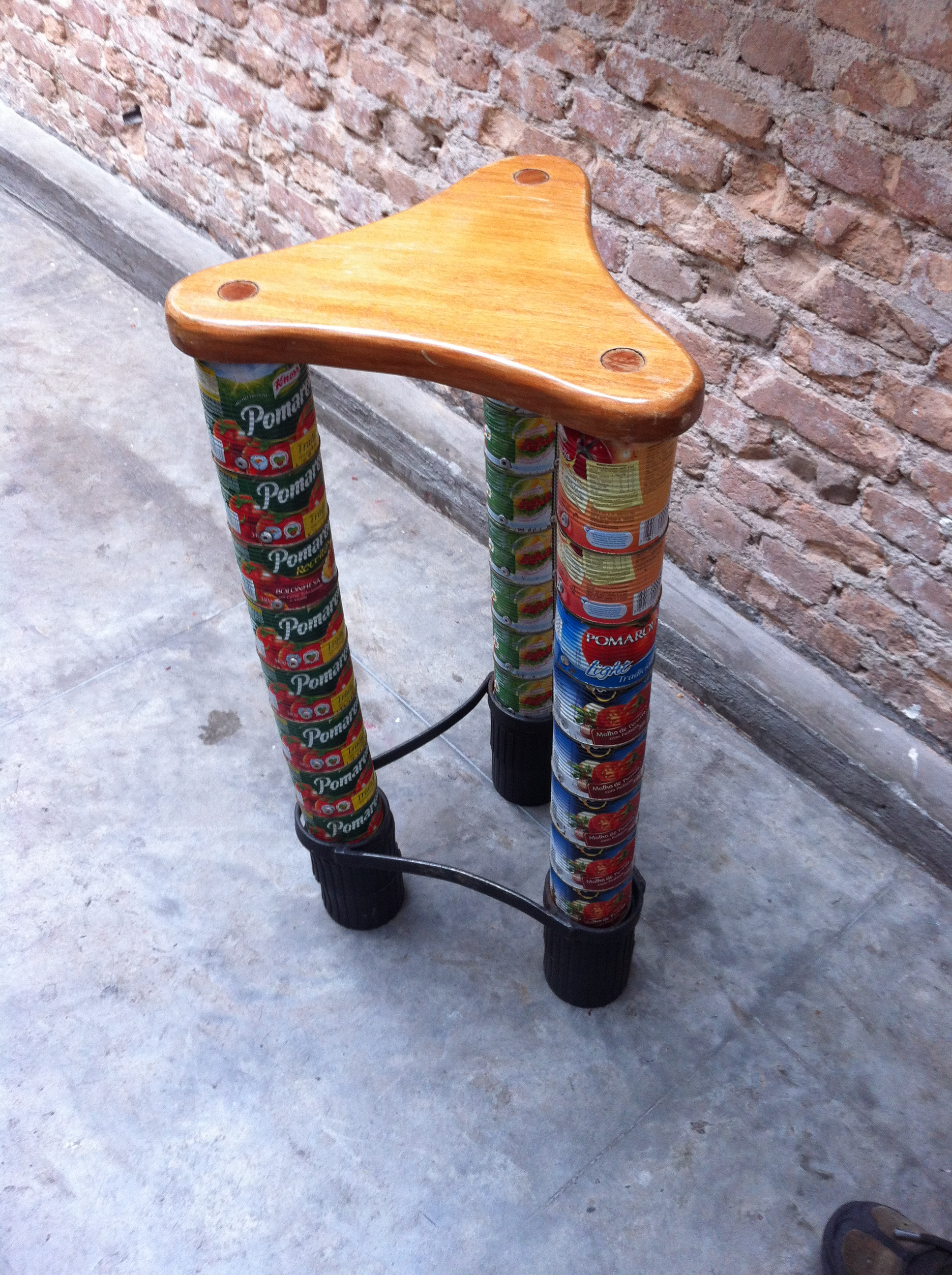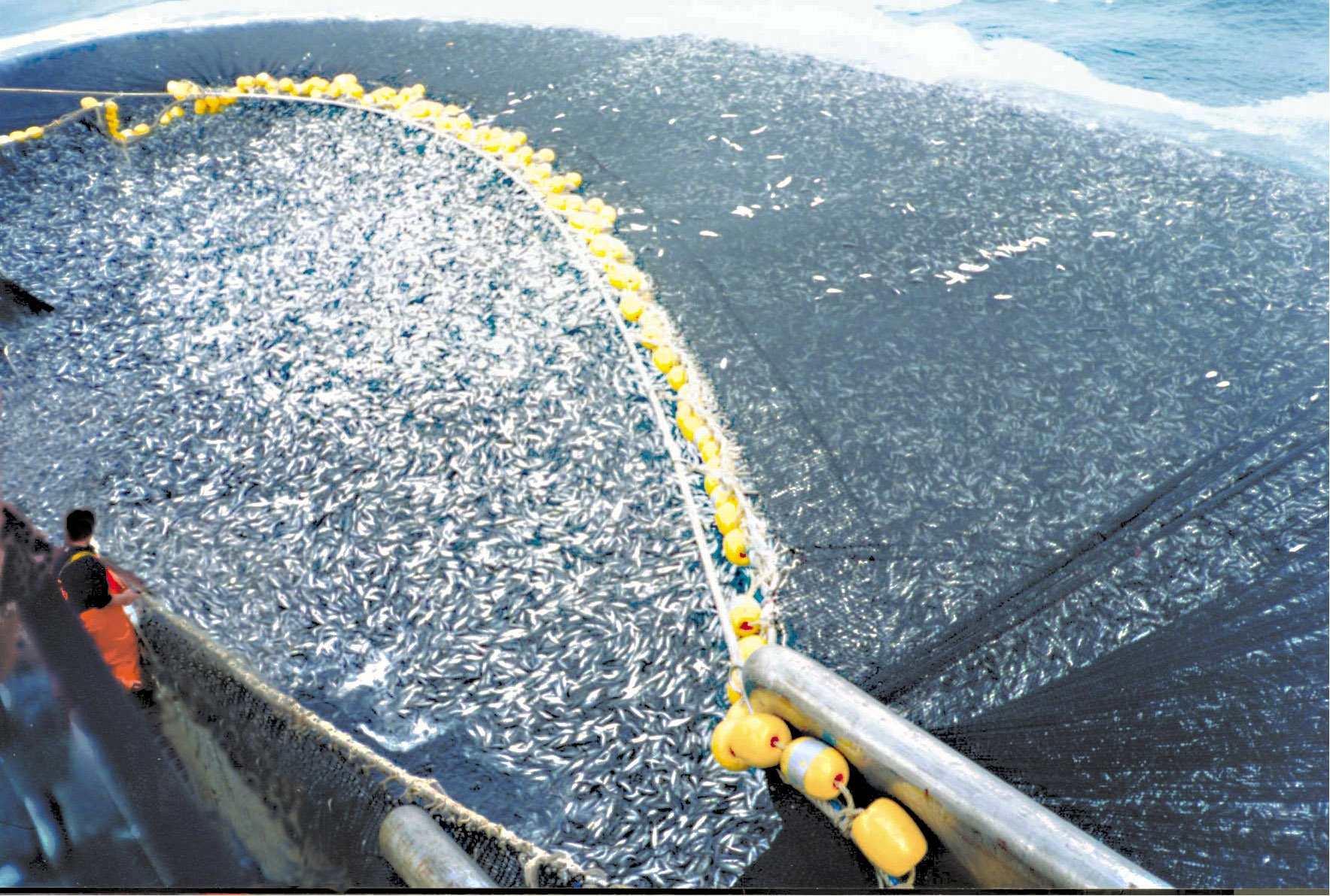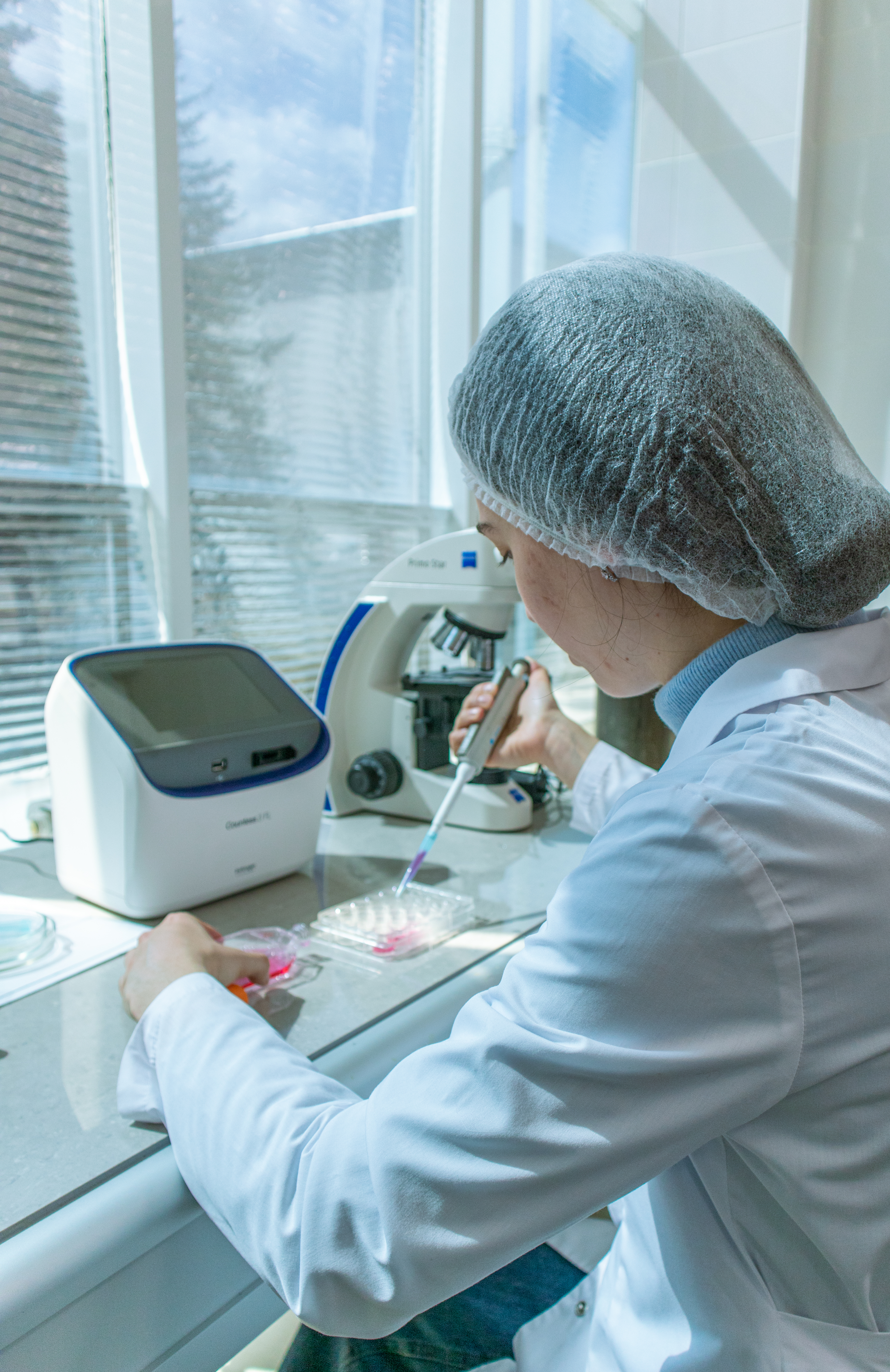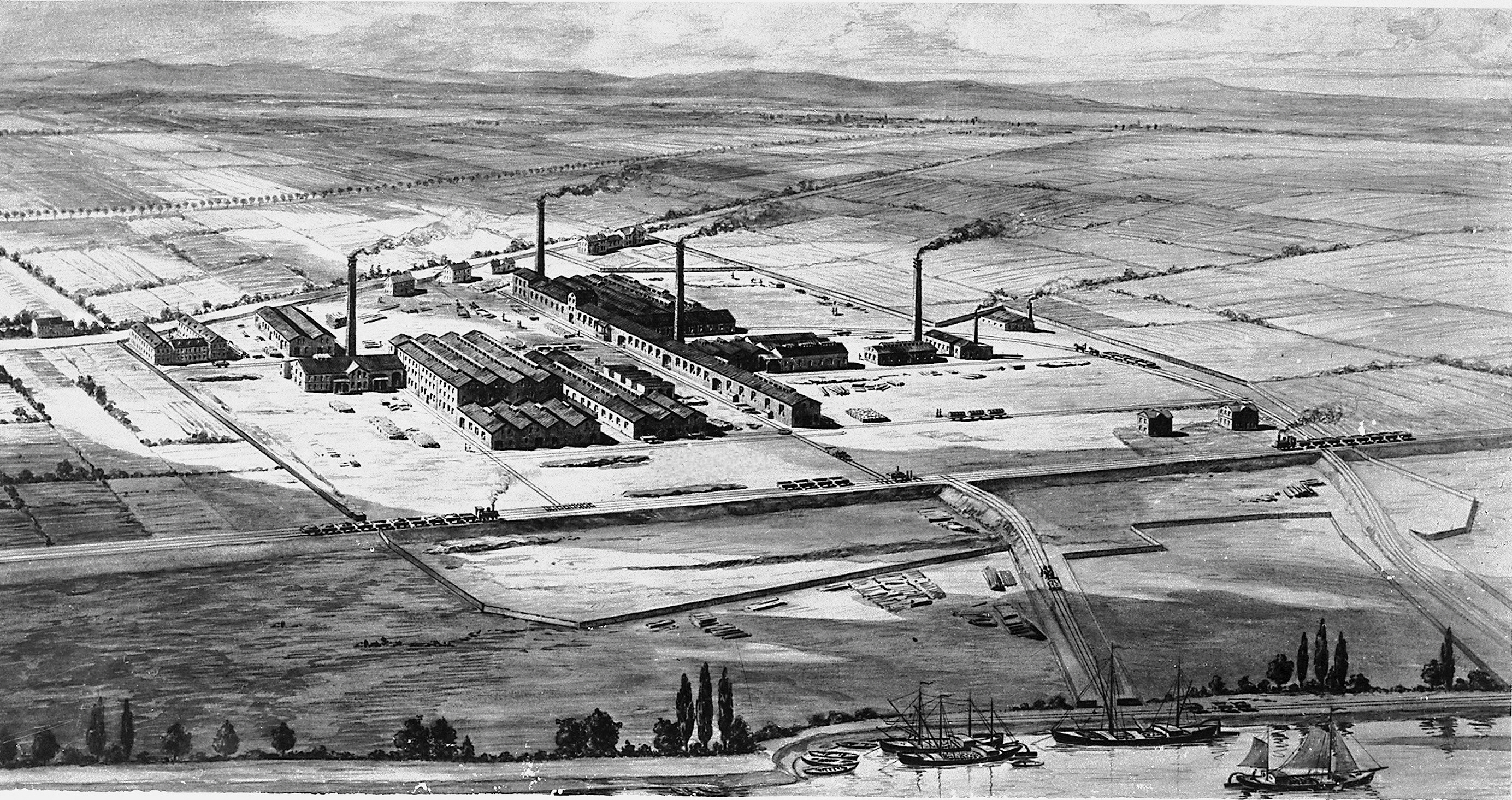|
BioTork
BioTork is a biotechnology company founded in 2008 that specializes in the optimization of industrial fermentation processes. BioTork provides robust microorganisms that are able to convert low-value, raw carbon sources such as agroindustrial by-products and waste into high-value chemical commodities (e.g. biofuel and feed). These biochemical commodities such as omega-3 oil, lipids, fuels, enzymes, plastics and other compounds are derived from renewable feedstock using a continuous culture technology. Technology BioTork has an exclusive license with Evolugate, a technology provider specializing in adaptive evolution technology that is a continuous culture apparatus which selects the fittest genetic variants from a certain population under controlled environmental conditions. After multiple stages of natural selection, the microorganisms acquire enhanced capabilities that were not present in the original strain. These new capabilities include a faster growth rate, the abil ... [...More Info...] [...Related Items...] OR: [Wikipedia] [Google] [Baidu] |
Upcycling
Upcycling, also known as creative reuse, is the process of transforming by-products, waste materials, useless, or unwanted products into new materials or products perceived to be of greater quality, such as artistic value or environmental value. Description Upcycling is the opposite of downcycling, which is the other part of the recycling process. Downcycling involves converting materials and products into new materials, sometimes of lesser quality. Most recycling involves converting or extracting useful materials from a product and creating a different product or material. The terms upcycling and ''downcycling'' were first used in print in an article in SalvoNEWS by Thornton Kay quoting Reiner Pilz and published in 1994. ''Upsizing'' was the title of the German edition of a book about upcycling, first published in English in 1998 by Gunter Pauli and given the revised title of ''Upcycling'' in 1999. The German edition was adapted to the German language and culture by Joh ... [...More Info...] [...Related Items...] OR: [Wikipedia] [Google] [Baidu] |
Commercial Fish Feed
Manufactured feeds are an important part of modern commercial aquaculture. They provide the balanced nutrition needed by farmed fish. The feeds, in the form of granules or pellets, give nutrition in a stable and concentrated form, enabling the fish to feed efficiently and grow to their full potential. Many of the fish farmed more intensively around the world today are carnivorous, such as Atlantic salmon, trout, sea bass, and turbot. Starting in the 1970s, fishmeal and fish oil were key components of the feeds for these species in the development of modern aquaculture. They are combined with other ingredients such as vegetable proteins, cereal grains, vitamins and minerals and formed into feed pellets. Wheat, for example, is widely used as it helps to bind the ingredients in the pellets. Other forms of fish feed being used include feeds made entirely with vegetable materials for species such as carp, moist feeds preferred by some species (easier to make but more difficult to ... [...More Info...] [...Related Items...] OR: [Wikipedia] [Google] [Baidu] |
Renewable Resource
A renewable resource (also known as a flow resource) is a natural resource which will replenish to replace the portion depleted by usage and consumption, either through natural reproduction or other recurring processes in a finite amount of time in a human time scale. It is also known as non conventional energy resources. When the recovery rate of resources is unlikely to ever exceed a human time scale, these are called perpetual resources. Renewable resources are a part of Earth's natural environment and the largest components of its ecosphere. A positive life-cycle assessment is a key indicator of a resource's sustainability. Definitions of renewable resources may also include agricultural production, as in agricultural products and to an extent water resources.What are "Renewable Resourc ... [...More Info...] [...Related Items...] OR: [Wikipedia] [Google] [Baidu] |
USDA (US)
The United States Department of Agriculture (USDA) is an executive department of the United States federal government that aims to meet the needs of commercial farming and livestock food production, promotes agricultural trade and production, works to assure food safety, protects natural resources, fosters rural communities and works to end hunger in the United States and internationally. It is headed by the secretary of agriculture, who reports directly to the president of the United States and is a member of the president's Cabinet. The current secretary is Brooke Rollins, who has served since February 13, 2025. Approximately 71% of the USDA's $213 billion budget goes towards nutrition assistance programs administered by the Food and Nutrition Service (FNS). The largest component of the FNS budget is the Supplemental Nutrition Assistance Program (formerly known as the 'Food Stamp' program), which is the cornerstone of USDA's nutrition assistance. The United States ... [...More Info...] [...Related Items...] OR: [Wikipedia] [Google] [Baidu] |
Biotechnology Companies Of The United States
Biotechnology is a multidisciplinary field that involves the integration of natural sciences and engineering sciences in order to achieve the application of organisms and parts thereof for products and services. Specialists in the field are known as biotechnologists. The term ''biotechnology'' was first used by Károly Ereky in 1919 to refer to the production of products from raw materials with the aid of living organisms. The core principle of biotechnology involves harnessing biological systems and organisms, such as bacteria, yeast, and plants, to perform specific tasks or produce valuable substances. Biotechnology had a significant impact on many areas of society, from medicine to agriculture to environmental science. One of the key techniques used in biotechnology is genetic engineering, which allows scientists to modify the genetic makeup of organisms to achieve desired outcomes. This can involve inserting genes from one organism into another, and consequently, create ... [...More Info...] [...Related Items...] OR: [Wikipedia] [Google] [Baidu] |
Business Partnership
A partnership is an agreement where parties agree to cooperate to advance their mutual interests. The partners in a partnership may be individuals, businesses, interest-based organizations, schools, governments or combinations. Organizations may partner to increase the likelihood of each achieving their mission and to amplify their reach. A partnership may result in issuing and holding equity or may be only governed by a contract. History Partnerships have a long history; they were already in use in medieval times in Europe and in the Middle East. According to a 2006 article, the first partnership was implemented in 1383 by Francesco di Marco Datini, a merchant of Prato and Florence. The Covoni company (1336–40) and the Del Buono-Bencivenni company (1336–40) have also been referred to as early partnerships, but they were not formal partnerships. In Europe, the partnerships contributed to the Commercial Revolution which started in the 13th century. In the 15th century the ... [...More Info...] [...Related Items...] OR: [Wikipedia] [Google] [Baidu] |
Biopolymers
Biopolymers are natural polymers produced by the cells of living organisms. Like other polymers, biopolymers consist of monomeric units that are covalently bonded in chains to form larger molecules. There are three main classes of biopolymers, classified according to the monomers used and the structure of the biopolymer formed: polynucleotides, polypeptides, and polysaccharides. The Polynucleotides, RNA and DNA, are long polymers of nucleotides. Polypeptides include proteins and shorter polymers of amino acids; some major examples include collagen, actin, and fibrin. Polysaccharides are linear or branched chains of sugar carbohydrates; examples include starch, cellulose, and alginate. Other examples of biopolymers include natural rubbers (polymers of isoprene), suberin and lignin (complex polyphenolic polymers), cutin and cutan (complex polymers of long-chain fatty acids), melanin, and polyhydroxyalkanoates (PHAs). In addition to their many essential roles in living organ ... [...More Info...] [...Related Items...] OR: [Wikipedia] [Google] [Baidu] |
Bioplastic
Bioplastics are plastic materials produced from renewable biomass sources. Timeline of plastic development, Historically, bioplastics made from natural materials like shellac or Celluloid, cellulose had been the first plastics. Since the end of the 19th century they have been increasingly superseded by fossil-fuel plastics derived from petroleum or natural gas (''fossilized'' biomass is not considered to be Renewable resource, renewable in reasonable short time). Today, in the context of bioeconomy and circular economy, bioplastics are gaining interest again. Conventional petro-based polymers are increasingly blended with bioplastics to manufacture "bio-attributed" or "mass-balanced" plastic products - so the difference between bio- and other plastics might be difficult to define. Bioplastics can be produced by: * processing directly from Biopolymer, natural biopolymers including polysaccharides (e.g., corn starch or rice starch, cellulose, chitosan, and alginate) and proteins ( ... [...More Info...] [...Related Items...] OR: [Wikipedia] [Google] [Baidu] |
BASF
BASF SE (), an initialism of its original name , is a European Multinational corporation, multinational company and the List of largest chemical producers, largest chemical producer in the world. Its headquarters are located in Ludwigshafen, Germany. BASF comprises subsidiary, subsidiaries and joint ventures in more than 80 countries, operating six integrated production sites and 390 other production sites across Europe, Asia, Australia, the Americas and Africa. BASF has customers in over 190 countries and supplies products to a wide variety of industries. Despite its size and global presence, BASF has received relatively little public attention since it abandoned the manufacture and sale of BASF-branded consumer electronics products in the 1990s. The company began as a dye manufacturer in 1865. Fritz Haber worked with Carl Bosch, one of its employees, to invent the Haber-Bosch, Haber-Bosch process by 1912, after which the company grew rapidly. In 1925, the company merged with ... [...More Info...] [...Related Items...] OR: [Wikipedia] [Google] [Baidu] |
Revenue Bonds
A revenue bond is a special type of municipal bond distinguished by its guarantee of repayment solely from revenues generated by a specified revenue-generating entity associated with the purpose of the bonds, rather than from a tax. Unlike general obligation bonds, only the revenues specified in the legal contract between the bond holder and bond issuer are required to be used for repayment of the principal and interest of the bonds; other revenues (notably tax revenues) and the general credit of the issuing agency are not so encumbered. Because the pledge of security is not as great as that of general obligation bonds, revenue bonds may carry a slightly higher interest rate than G.O. bonds; however, they are usually considered the second-most secure type of municipal bonds. Purpose Revenue bonds may be issued to construct or expand upon various revenue-generating entities, including: * Water and Wastewater (Sewer) utilities * Toll roads and bridges (see toll revenue bond) * A ... [...More Info...] [...Related Items...] OR: [Wikipedia] [Google] [Baidu] |
Zero Waste
Zero waste, or ''waste minimization'', is a set of principles focused on waste prevention that encourages redesigning resource life cycles so that all products are repurposed (i.e. "up-cycled") and/or reused. The goal of the movement is to avoid sending trash to landfills, incinerators, oceans, or any other part of the environment. Currently 9% of global plastic is recycled. In a zero waste system, all materials are reused until the optimum level of consumption is reached. Zero waste refers to waste prevention as opposed to end-of-pipe waste management. It is a "whole systems" approach that aims for a massive change in the way materials flow through society, resulting in no waste. Zero waste encompasses more than eliminating waste through reducing, reusing, and recycling. It focuses on restructuring distribution and production systems to reduce waste. Zero waste provides guidelines for continually working towards eliminating waste. According to the ''Zero Waste International ... [...More Info...] [...Related Items...] OR: [Wikipedia] [Google] [Baidu] |
Regulation Of Food And Dietary Supplements By The U
Regulation is the management of complex systems according to a set of rules and trends. In systems theory, these types of rules exist in various fields of biology and society, but the term has slightly different meanings according to context. For example: * in government, typically regulation (or its plural) refers to the delegated legislation which is adopted to enforce primary legislation; including land-use regulation * in economy: regulatory economics * in finance: financial regulation * in business, industry self-regulation occurs through self-regulatory organizations and trade associations which allow industries to set and enforce rules with less government involvement; and, * in biology, gene regulation and metabolic regulation allow living organisms to adapt to their environment and maintain homeostasis; * in psychology, self-regulation theory is the study of how individuals regulate their thoughts and behaviors to reach goals. Forms Regulation in the social, politica ... [...More Info...] [...Related Items...] OR: [Wikipedia] [Google] [Baidu] |








